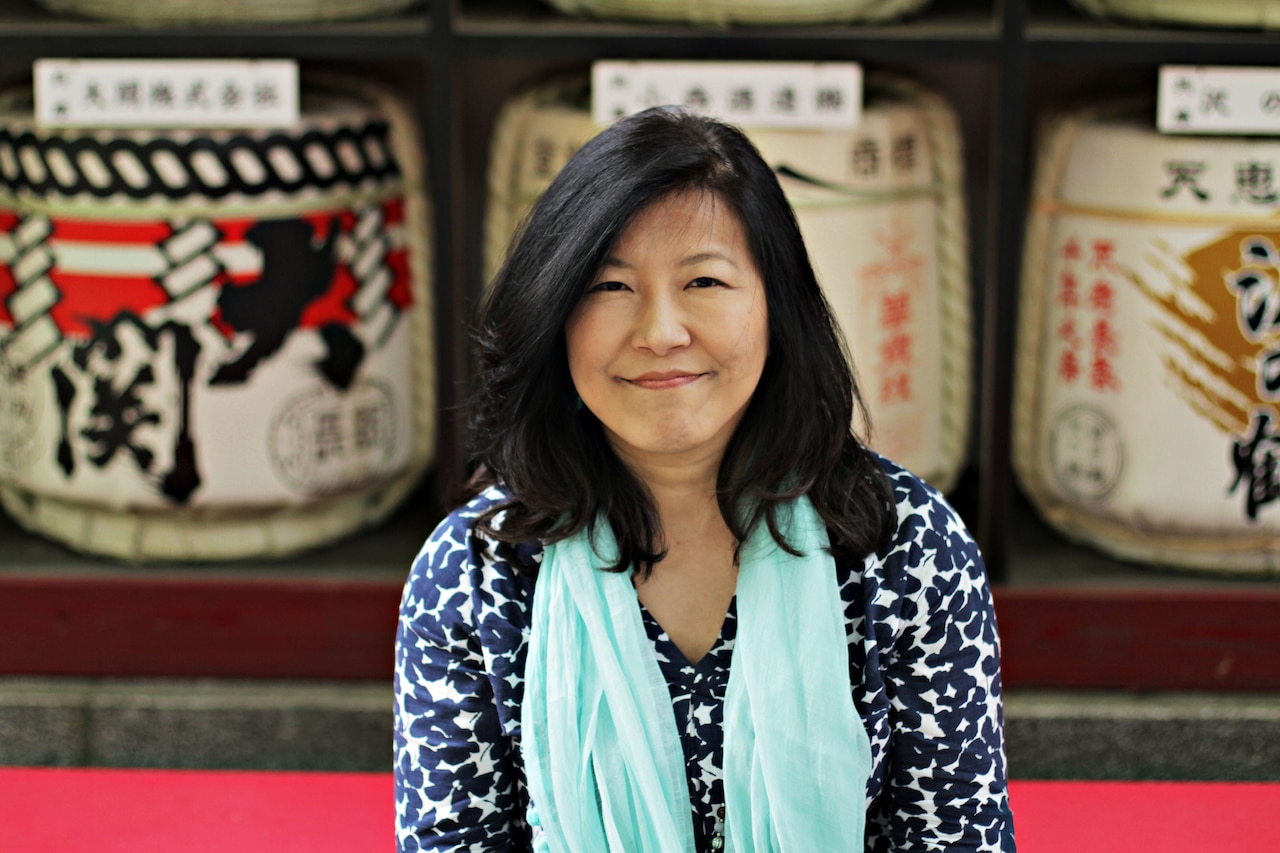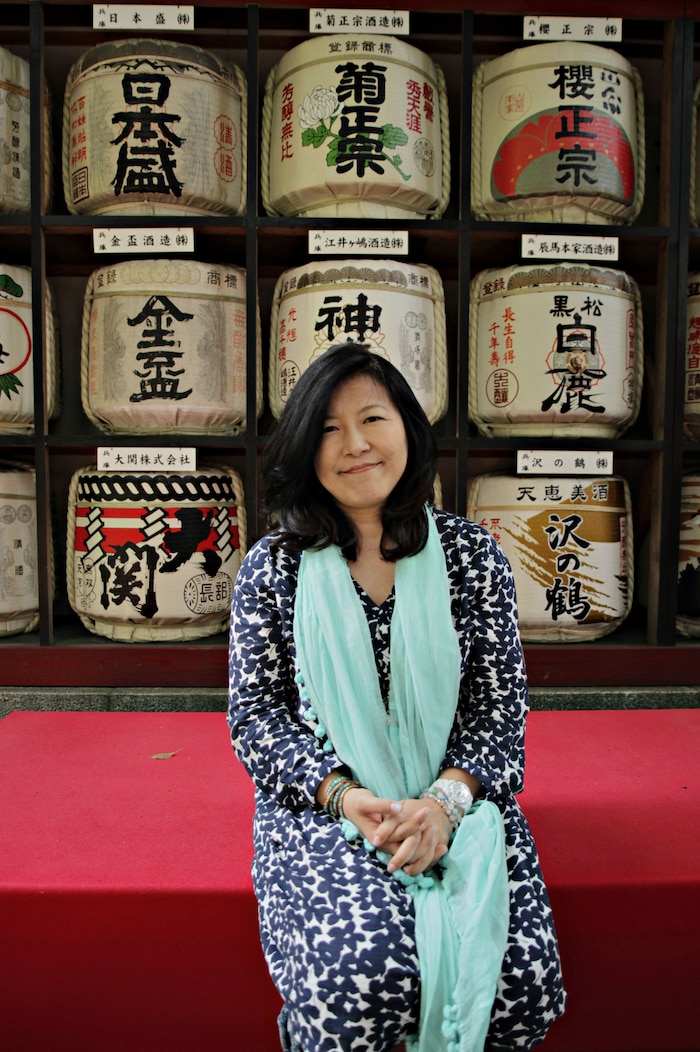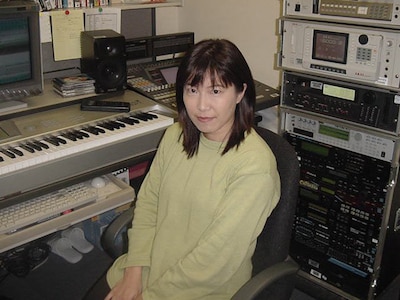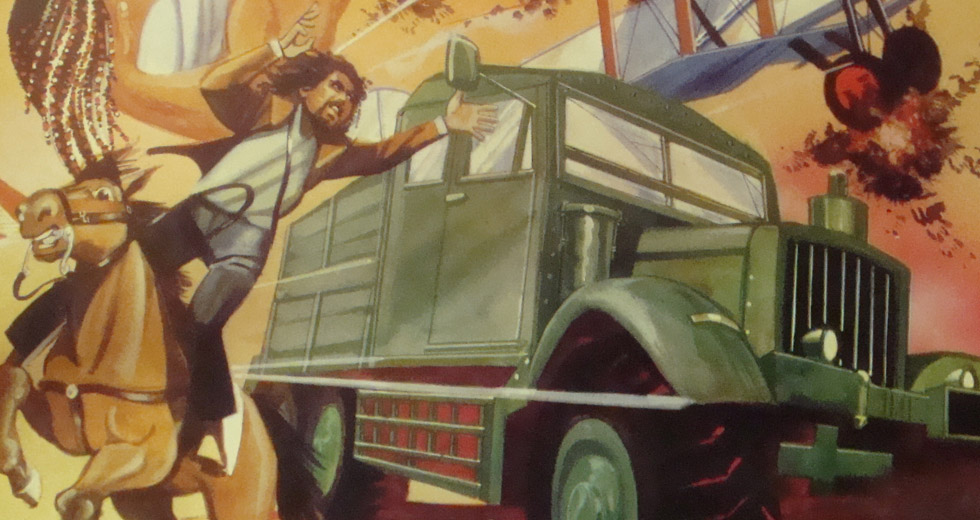
Interview: Street Fighter II’s Yoko Shimomura
Yoko Shimomura’s comical tone for Street Fighter II didn’t fit the normal Capcom style, but her decision to re-imagine the music of each character’s country helped make its soundtrack iconic. In this extended interview from our Diggin’ In The Carts series, Shimomura talks about her early struggles in composing video game music, as well as some behind-the-scenes stories of Street Fighter II.
Is there any one song that made you fall in love with music?
When I was young, the music I listened to most was actually classical. I loved the piano, so I started learning to play. Around when I was in junior high school, I went to see an orchestra every month. From then I had the vague idea that I wanted to be involved in music for the rest of my life, but not necessarily make a job out of it.
Did you have any idea of what you wanted to do before you graduated?
I thought piano teachers would be in demand, since they generally have students, so maybe I could make a living doing that. Then a job ad from a game company, from Capcom, came to the university by chance, and I thought it might be pretty interesting. I thought about applying, so I consulted my professor, and he said it was more for composition majors, and that I should probably give up the idea. But I didn’t give up there, and I took Capcom’s entrance exam, and ended up with the life I have now.

How difficult was it to get into Capcom then? What kind of things did you have to do?
When I joined Capcom, I didn’t know anything about composing, especially game and digital music. I was a total amateur and relied on courage and bluffing, saying and doing what I could, trying to convince them of my passion for the job.
In the early ’80s, game music was revolutionized by Koji Kondo and Koichi Sugiyama. Was there ever a point where you stopped thinking of game music as game music, and started seeing it as just music?
Koji Kondo’s Super Mario Brothers soundtrack was a big shock for me. Of course, until then game music was somewhere between music and sound effects, but I liked that style more than I would’ve thought. I was really interested in jingles. I started thinking making that kind of music would be fun, but the first time I really thought I’d like to do it as a job was when I heard Koji Kondo’s Super Mario Brothers soundtrack.
As someone who brought classical music into games, how significant do you think Koichi Sugiyama’s contribution to game music was?
Perhaps the most impressed I’ve ever been is when I heard “Heavenly Flight” from the Dragon Quest III soundtrack. I played the first and second Dragon Quests too, and the music was amazing. It’s really embarrassing to say, but when I heard the Super Mario soundtrack, I thought making that kind of music would be a great job, but I had no grounding in that style, since I’d been dedicated to classical.
But when I heard Koichi Sugiyama’s music, I was under the illusion that I could do it too. The company I joined, Capcom, didn’t use classical at all, but I still respect Koichi Sugiyama a lot in my own way. It’s a bit conceited of me, but I always thought that if it hadn’t been for the Dragon Quest music, I never could’ve done this job, so I feel like it offered me a chance in life.
I got really down, and even cried on my way home sometimes.
You said yourself you weren’t great at composing when you entered Capcom. Did you ever struggle after joining?
When I joined Capcom, it was really tough. I couldn’t make music to the point where I wondered how I got in at all. I don’t think my colleagues really got why I joined either. I only learned about composition in class as a minor part of a standard music education at university. It was really tough after joining. I got really down, and even cried on my way home sometimes.
You entered Capcom before it had the great success of Street Fighter 2. What was the company and working environment like at that point?
When I think back now, I guess it was relatively free. At the time, employees would come and leave at certain times, and if they didn’t finish, they’d do overtime. We were just like regular company employees. As for the size of the company, obviously it wasn’t as big back then. The office wasn’t that big, maybe two buildings or so. The working hours could be a little harsh, but there was a cosy kind of atmosphere. I wonder how many were in the sound department. Maybe less than 10 people. The sound department especially didn’t have booths or anything, just a big, long desk that we worked at. There was a sense of togetherness, I guess you could say. We worked together in a kind of harmony.
Do you think Capcom was special in terms of offering opportunities to women composers?
When I joined Capcom originally, the top composers were kind of split into corporate and consumer projects. And both of the top composers were women then. I heard them at the time, and they were talented and made great music. I felt that since the head staff were women, it was easier for other women to join the department. Since they were there before I joined the company, I don’t know exactly how they got to the top. If head staff are women, they understand women’s needs, so it was easy for me to work under them.
When you’re asked to make game music, what kind of background information are you given? Do you know about the characters or location, or see screenshots?
Back then, the games were pretty far along. Usually the graphic artists would have the designs arranged, and about when they were finished up, the sound team would start their job. There were actually a lot of times when the game was pretty much done, so I was shown screenshots often.
What was a typical day like at Capcom?
A day at Capcom back then was a pretty usual day that may include a little overtime, not unlike a Japanese salary man. Work was from 9, so I got on the train before 8, and rode the train from home, and arrived at work. When I got there in the morning, first it was my duty to wipe the desks with a cloth. I was always late back then, and often couldn’t make it in the morning. I feel bad that Manami Matsumae and Junko Tamiya had to wipe the desks for me. If we were still working together, then I’d probably owe them about a 100 desk wipes!
Can you explain the process involved in making a music loop that players don’t grow tired of?
I think of it as making a song that doesn’t become a burden.
I was a game fan and a player myself, so I kind of thought that listening to overly quirky music for hours over and over again would be hard for players to take. With arcade games, you don’t really listen to the music for that long. When I think back or get a chance to hear old music, I feel surprised that the boss music is on a 20 second loop. Since it’s for the arcade, you can get away with it. It has impact, and even if it repeats constantly, you only listen to it for a few minutes usually.
But when it comes to RPGs, you hear it for hours and hours, so for that type of looping song the process is a little different for me. It’s basically the same, but rather than making a song that isn’t boring when it’s looped, I think of it as making a song that doesn’t become a burden. While making a song, maybe I feel like it’s a pain to keep listening to this part on repeat. Or that I’ve added too many elaborate phrases. I try to reduce the accent a little if necessary.

How did you get the job for Street Fighter 2?
I ended up working on Street Fighter 2 by chance, rather than being excited to do it. I was free and had to choose between a few projects, and just went with SF2. It was incredibly lucky when I think about it now.
When the job was decided, how did they prepare you for it? Each character had a theme. Did they explain what kind of feeling or mood they wanted from the music?
When it was decided that I’d be doing SF2, it was mostly the planner who explained what kind of songs they wanted. He gave me a kind of list. As far as I can remember, he just told me they wanted theme songs for the characters.
So I got a list at first, and when we were discussing the type of songs I should make, there were different scenes from different countries, but I thought, “The real India isn’t like this.” It’s the same way that Japan is geisha and kabuki from the eyes of foreigners. That kind of mysterious, distorted view of the world was funny to me.
We discussed the idea of – rather than character theme songs – maybe making background music with the feeling of each country instead. For example, for India I wouldn’t make real Indian music, but I’d make what I imagined Indian music to be like. When I suggested that making some kind of world music with a comical taste might be funny, they said it was fine, and we went with it. For the music when you had ⅓ of your energy left and were struggling, I suggested making the music faster and more desperate.
Blanka’s theme is one of the more popular ones in the game. Can you tell us the story behind creating it?
For Blanka’s song, the “taka tan tan” kind of rhythm came to me really quickly. The rhythm was basically done, but I couldn’t think up a melody even late in development. I was anxious that I couldn’t make a melody that fit well.
So, on the morning train I was thinking that if I didn’t finish Blanka’s song soon there’d be trouble, that I wouldn’t make the deadline. I was standing near the door, and you can see the rack on the top where you put your luggage when you sit down. There was a yellow green paper bag on top of that, and as soon as I saw it, I thought about Blanka’s color, and the melody just came into my head like that. “Tararirarin” was in my head and I thought, “This is it!” After that I was humming “tararirarin, tararirarin” the whole time on the train.
I was humming it the whole time while walking, and just like that I said, “Good morning,” bang, and went straight to my seat to write down what ended up as Blanka’s theme. I can only thank that paper bag on the train.
Blanka’s theme has some really unusual parts. So, when it’s arranged, people often end up correcting those parts.
For people who studied music seriously, Blanka’s theme has some really unusual parts. So, when it’s arranged, people often end up correcting those parts. The rhythm for Blanka’s theme itself is in a major key, but the melody is in a minor key. Basically, you hear an A natural and an A flat at the same time. It’s really something that should be fixed, but if I fixed it, it’d become a different song entirely. That strange, broken feeling is what made the song for me. People said the music was wrong at the time, but if so many people tell me they love it now, then I don’t think it’s wrong. I’m finally able to believe that now.
Your music uses a variety of different sounds and tones. When you composed the songs, what kind of system did you use?
Back when I was composing the SF2 music, I had to make it on a machine with a circuit sound system. We were using a type of FM sound chip, which I think was called YM2151. With that chip we could play the music and adjust it with a program, kind of like an app nowadays. Maybe app isn’t quite right, but we had a PC that could run that software basically.
At that point we had about a system each for composing songs, so I was composing on my own PC. So, while thinking about what it’d sound like with the FM sound, I brought in the data, the actual MIDI data, and played it with the FM sound, and then adjusted accordingly. When it didn’t play the kind of sound I expected, I’d fix it right there, and since it was an FM sound chip, I could create sounds.
Altogether I could save up to 128 or maybe 255 sounds, so I could keep saving them and editing them, then make new ones and edit them again. Ethnic sounds, unique sounds, or something like a guitar is really difficult with FM sound, so I kind of approximated them. And we used a system called ADPCM for the drums only, so we sampled them and played them back, and finally played everything back together.
Do you remember hearing the music from the game anywhere unexpected?
I remember feeling really impressed when I took a trip to Spain. There was a Spanish bar, a place kind of like a cafe where you could eat some food. In the bar there was an SF2 machine right there, and some kids were playing it, and kids kept on coming there to play, not eating or drinking anything.
The kids from the neighbourhood would come in from outside and go straight to the SF2 machine and start playing, start fighting. And the Spanish kids were saying, “dosukoi” (a sumo exclamation). At that time I thought it was amazing, and I felt kind of proud. I was really, really happy. I feel happy that so many kids overseas learned that Japanese. I didn’t think that would happen at all.
If you complete SF2 with a single coin, is it true that your face appears at the end?
Yes, a credits sequence with staff photos appears as a special kind of prize for completing it with one coin. I didn’t think anyone would be pleased to see it, but we did it just playing around.
Have you ever completed the game with one coin?
Never. I can’t do a shoryuken or hadouken either.
What character do you use?
I used to just bash the buttons with ChunLi, like this: “kachakachakachakacha.”
Header image © DITC

